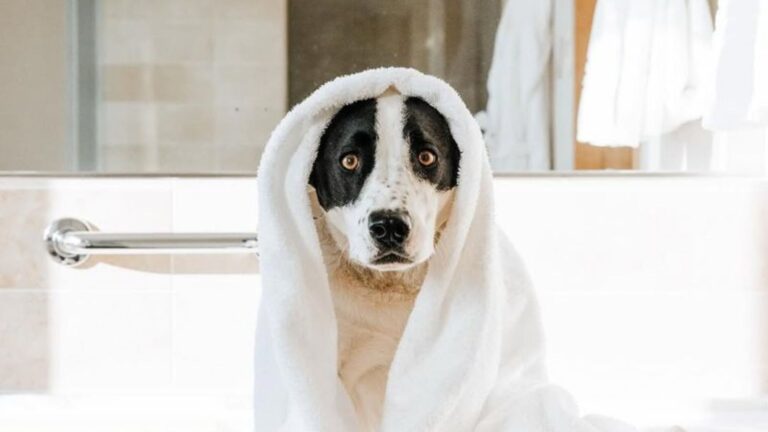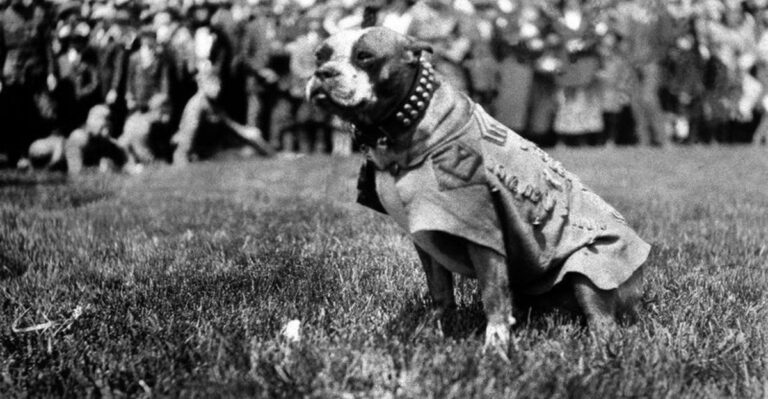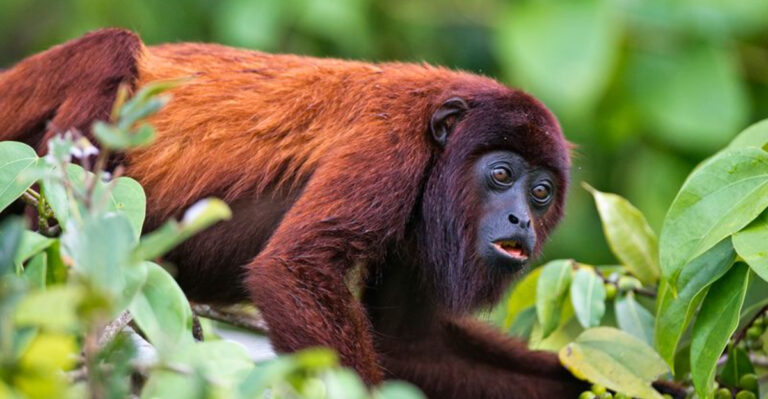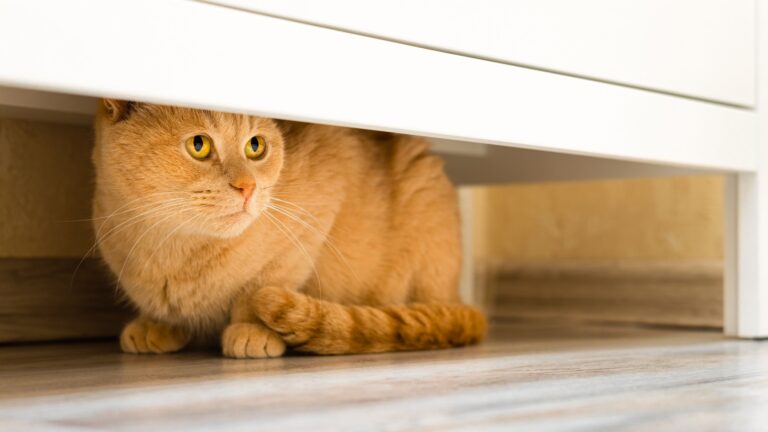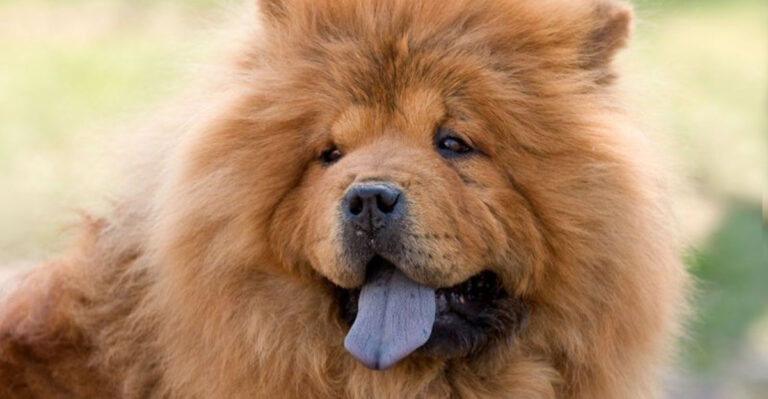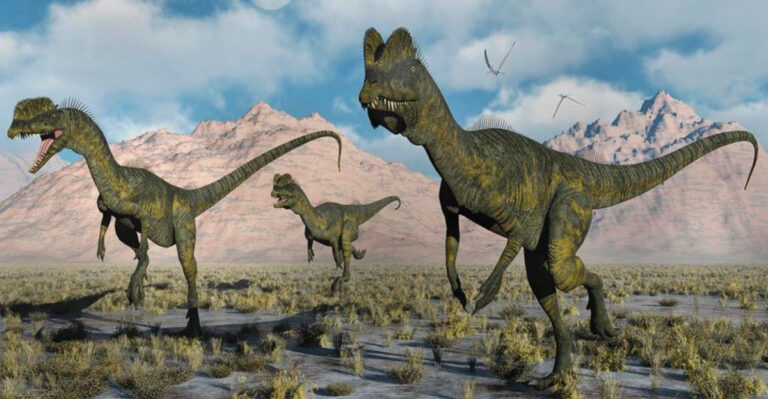11 Gigantic Horse Breeds That Will Leave You Breathless (And 3 That Are Surprisingly Petite)
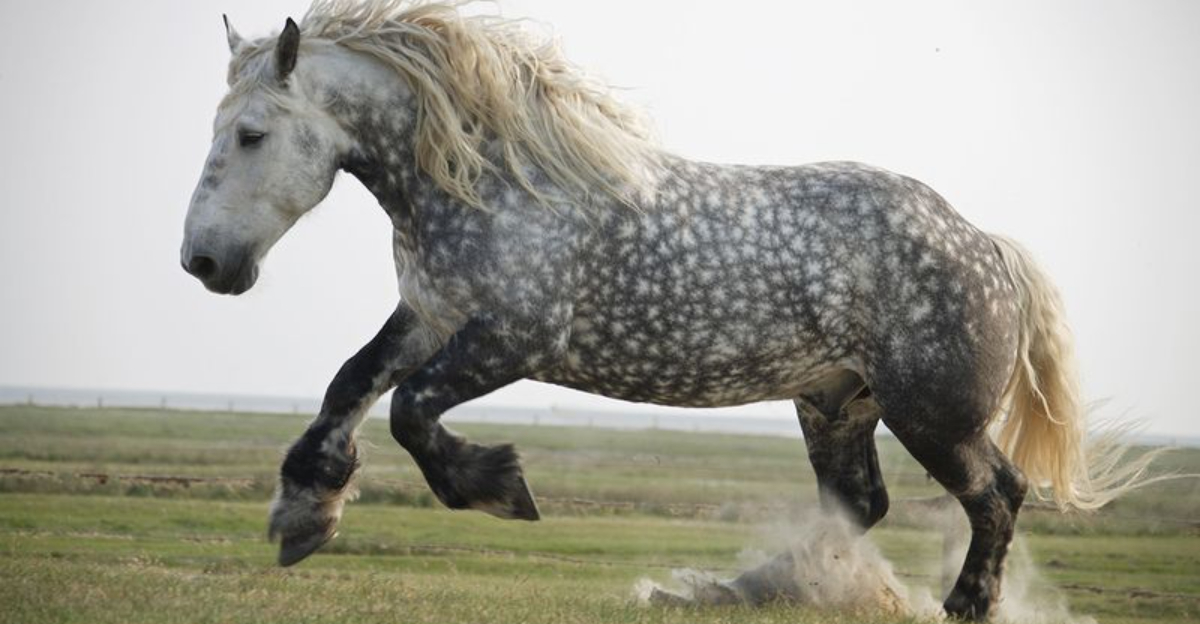
Ever wondered what it feels like to stand next to a horse taller than your front door? Some horse breeds tower over humans like living skyscrapers, while others are so tiny they might be mistaken for large dogs!
From gentle giants that could carry knights in shining armor to pocket-sized ponies perfect for small children, let’s explore the fascinating world of horse sizes.
1. Shire Horses
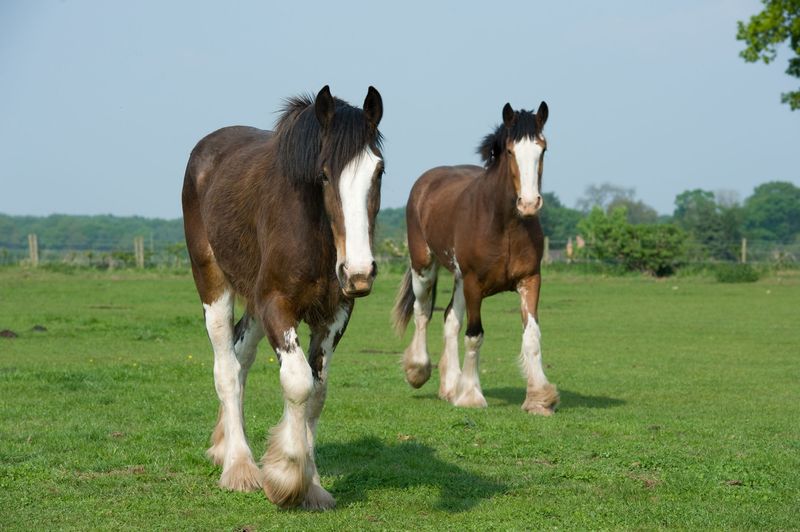
Standing up to 19 hands tall (that’s over 6 feet at the shoulder!), these magnificent animals once hauled brewery wagons through London streets.
Despite their enormous size, Shires are famously gentle-natured. Their feathered legs and massive hooves can be as big as dinner plates, yet they move with surprising grace.
2. Clydesdale
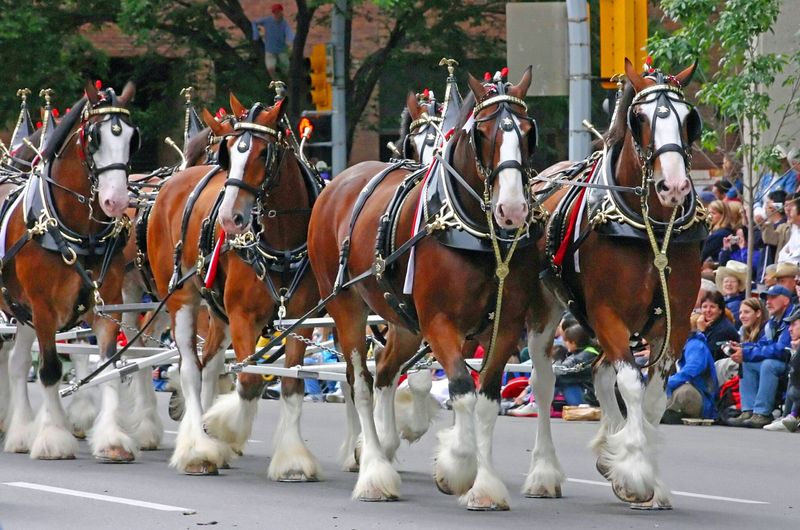
You’ve probably seen these beauties in the famous Budweiser commercials! Their high-stepping gait and flashy white feathered legs make them instantly recognizable.
Originally bred in Scotland for farm work and coal hauling, Clydesdales now enjoy celebrity status. A full-grown male can weigh up to 2,200 pounds – heavier than some cars!
3. Percheron
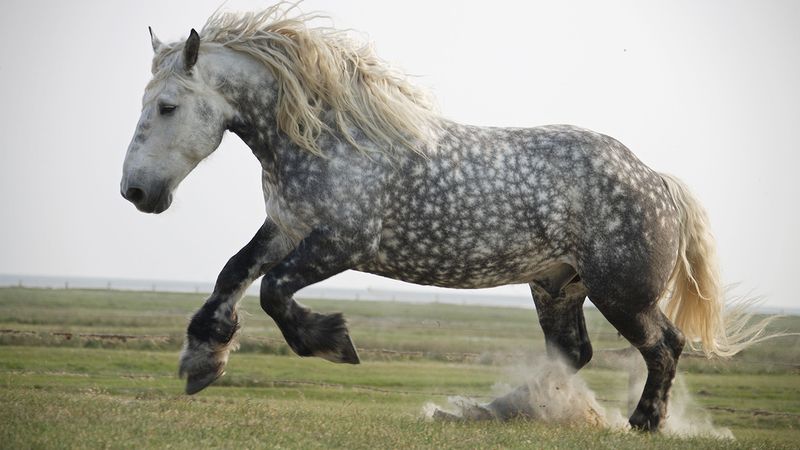
Knights once rode these powerful steeds into battle! Originally bred as war horses in France, Percherons later became farm workers and carriage pullers.
Their muscular build combines with an elegant head and intelligent eyes. Usually gray or black, these giants can reach 19 hands tall while maintaining remarkable agility for their massive frame.
4. Belgian Draft
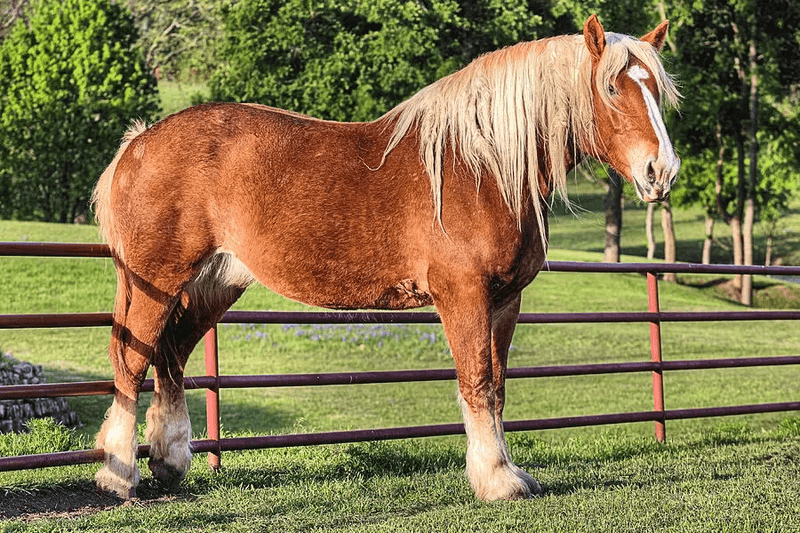
Pound for pound, Belgians might be the strongest horses alive! Their chestnut coats and flaxen manes create a striking appearance that turns heads at draft horse competitions.
The tallest Belgian ever recorded stood 19.2 hands and weighed an astounding 3,200 pounds. Farmers prize them for their willing work ethic and surprising intelligence.
5. Suffolk Punch
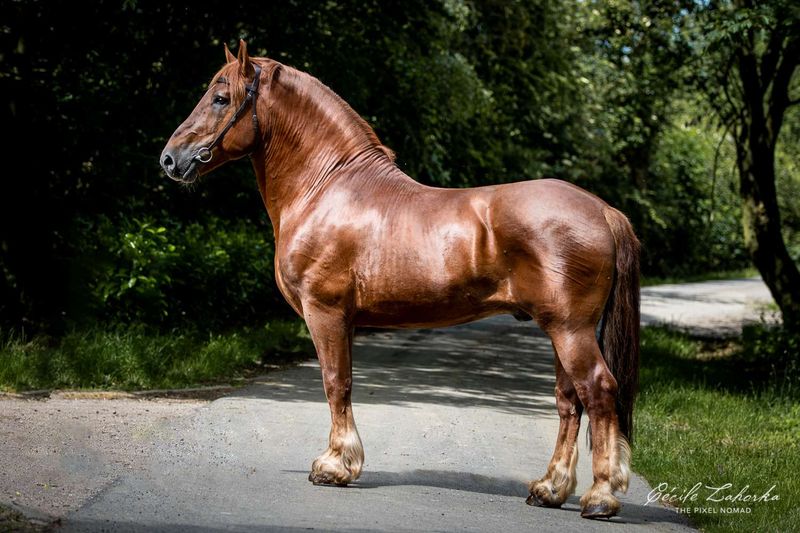
Always chestnut in color – no exceptions! These English draft horses are shorter but more solidly built than other draft breeds.
Farmers call them ‘the uncommon common horse’ because they’re rare today despite their historical importance. Their clean-legged appearance (no feathering) and round, apple-shaped hindquarters give them a distinctive silhouette.
6. Dutch Draft
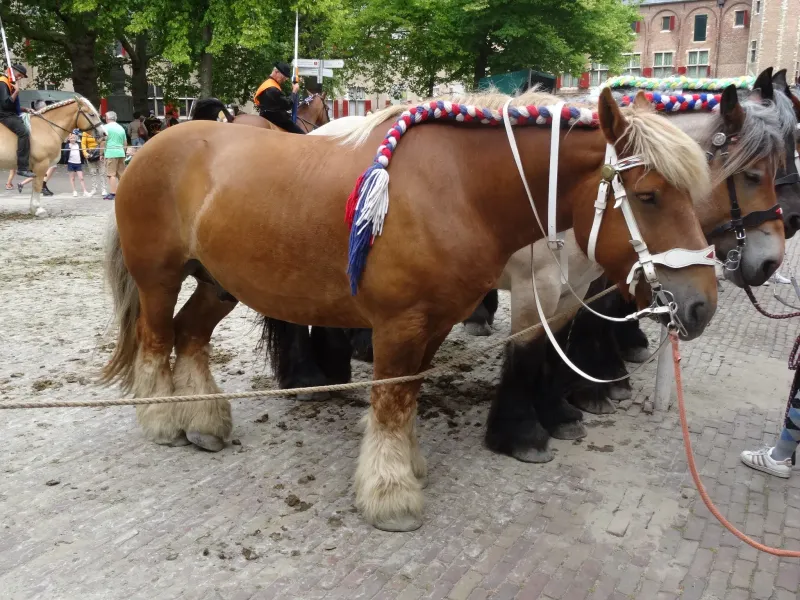
From the lowlands of Holland comes this massive yet mellow giant. Dutch Drafts typically sport a stunning bay or chestnut coat with flaxen highlights.
Farmers developed them for working in heavy, wet soil where other horses might struggle. While not as tall as Shires, they’re incredibly broad and powerful, with males weighing up to 2,000 pounds.
7. American Cream Draft
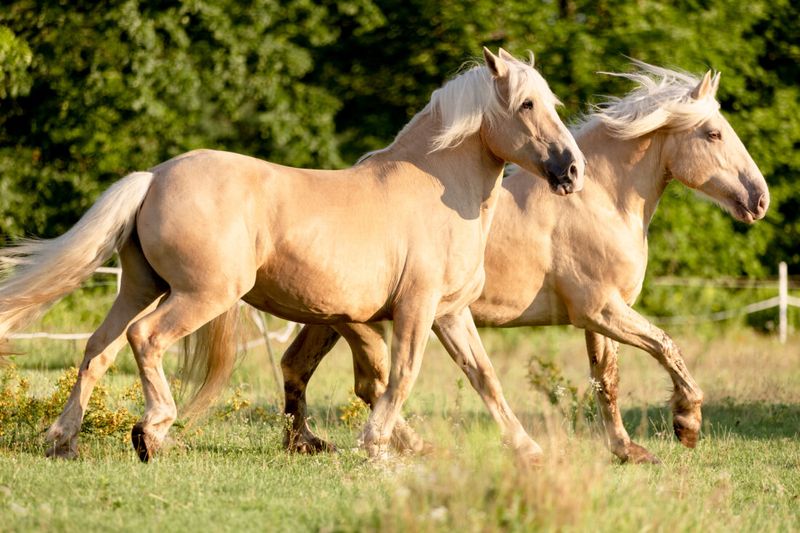
America’s only native draft horse breed nearly vanished! Their cream-colored coats, amber eyes, and white manes make them look like they stepped out of a fairy tale.
Developed in Iowa in the early 1900s, these gentle giants nearly disappeared when tractors replaced horses. Today, dedicated breeders are saving this living piece of American agricultural history.
8. Russian Heavy Draft
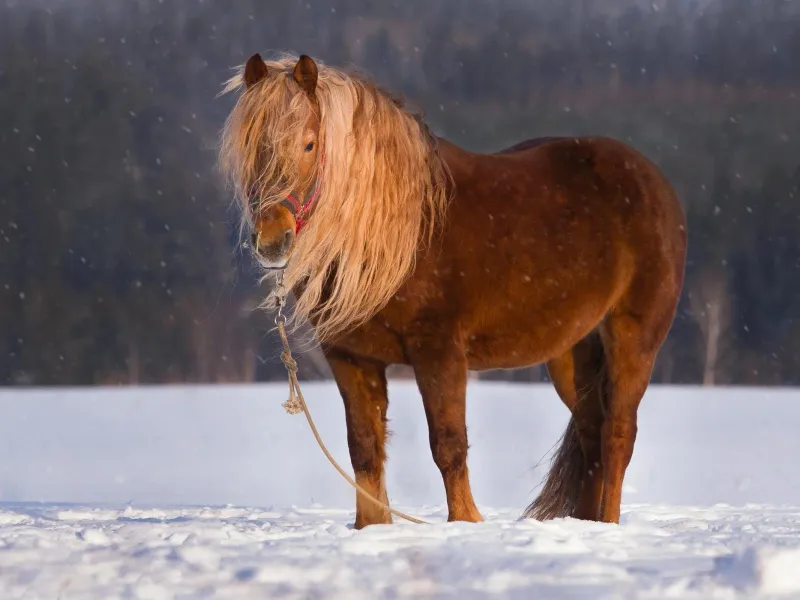
Don’t let their shorter stature fool you! These stocky giants pack incredible strength into a more compact frame than other draft breeds.
Developed for Russia’s harsh climate, they have thick winter coats and incredible endurance. Their chestnut coloring often features a distinctive golden sheen that glows in the sunlight.
9. Australian Draught
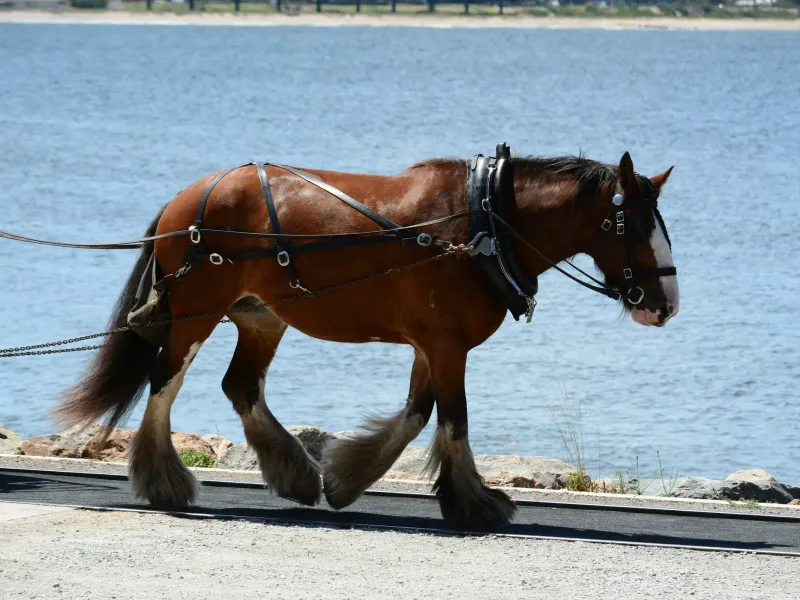
Aussies created their own perfect workhorse by mixing four major draft breeds! These versatile giants thrive in Australia’s harsh conditions where other breeds might struggle.
With heights reaching 17.2 hands, they’re slightly smaller than European drafts but perfectly adapted to Australian needs. Their varied colors reflect their diverse ancestry from Clydesdales, Shires, Percherons and Suffolks.
10. Irish Draught
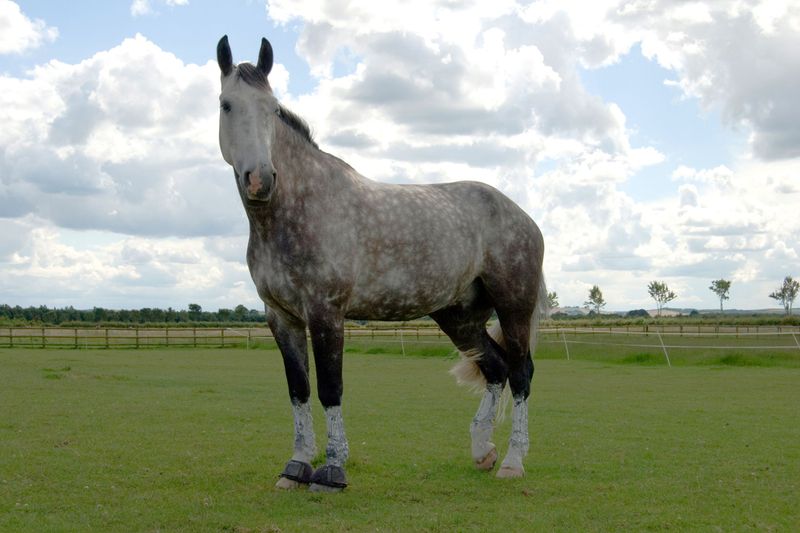
Surprisingly nimble for their size! These powerful horses can pull plows all week, then transform into elegant hunters on the weekend.
Developed by Irish farmers who needed one horse that could do everything, they’re now prized for creating sport horses. Their solid build and sensible temperament make them perfect partners for both work and play.
11. Norman Cob
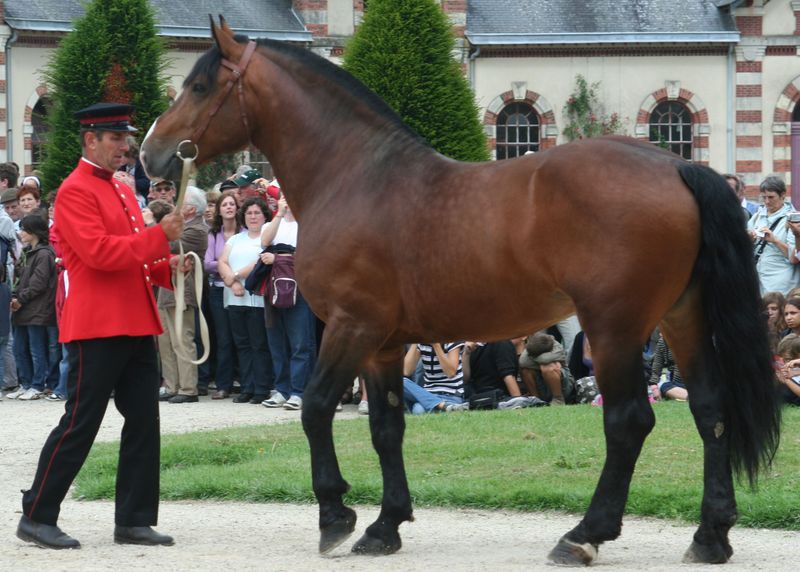
Napoleon’s cavalry rode these powerful horses into battle! While not the tallest draft breed, Norman Cobs are impressively strong and energetic.
French farmers developed them to handle everything from plowing fields to pulling carriages at a trot. Their substantial build, often in chestnut or bay, combines with surprising endurance that made them military favorites.
12. Falabella
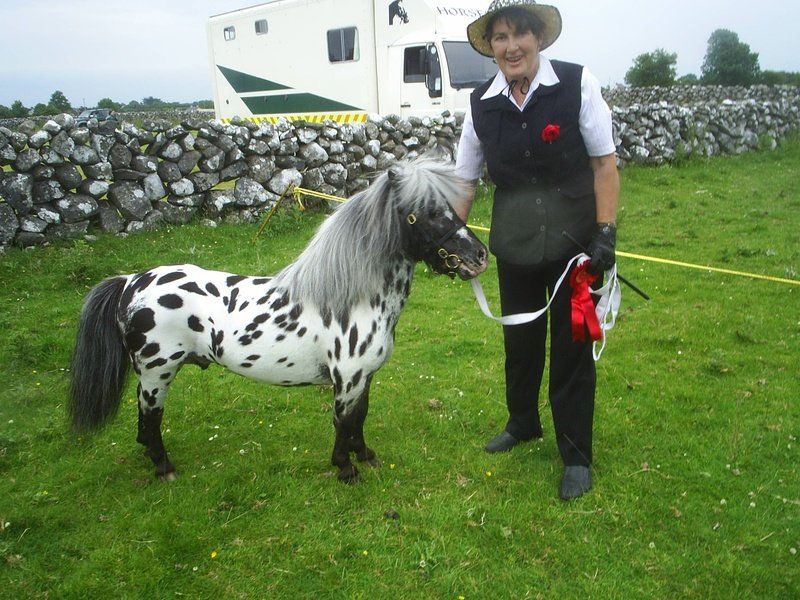
Smaller than most dogs but perfectly proportioned! These tiny horses from Argentina stand just 21-34 inches tall but look exactly like their larger cousins.
Despite their size, they’re true horses, not ponies. Developed by the Falabella family over generations, they live longer than full-sized horses – sometimes reaching 45 years old!
13. Shetland Pony
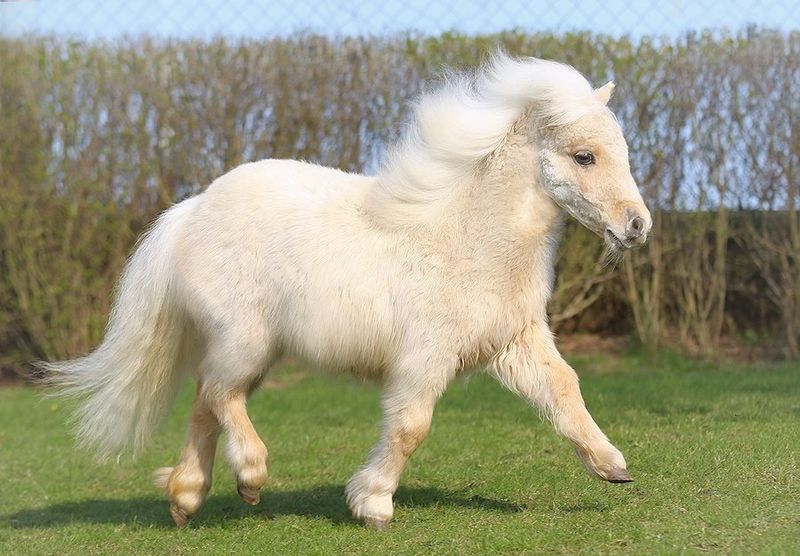
Don’t be fooled by their adorable looks – pound for pound, they’re stronger than draft horses! Developed on Scotland’s harsh Shetland Islands, these pint-sized powerhouses had to survive on minimal food.
Their thick double coats and sturdy bodies helped them endure brutal winters. Despite standing only 28-46 inches tall, they once worked in coal mines pulling heavy carts.
14. Miniature Horse
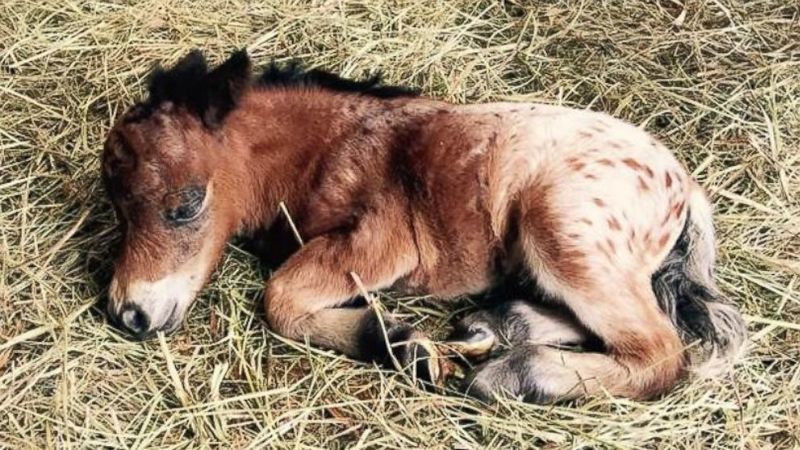
Originally bred as pets for European royalty! These tiny equines stand under 34-38 inches tall and weigh less than 350 pounds – small enough to keep in a large backyard.
Unlike ponies, they maintain horse proportions at a miniature scale. Today, they serve as therapy animals, visiting hospitals and nursing homes where larger horses couldn’t go.

